Gridwatch: What Just Happened Five Minutes Ago?
Happy new year, my fellow carbon dioxide-emitter. Of course we do not contribute significantly by any measure to the carbon emissions plaguing our atmosphere. So, what does contribute so heavily to the increasing carbon content in the air? Let's find out.


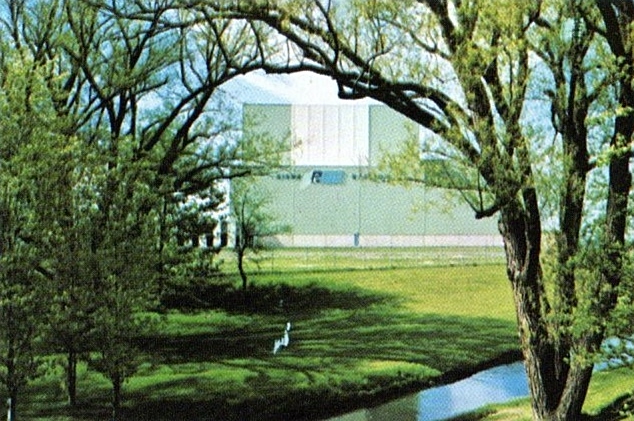
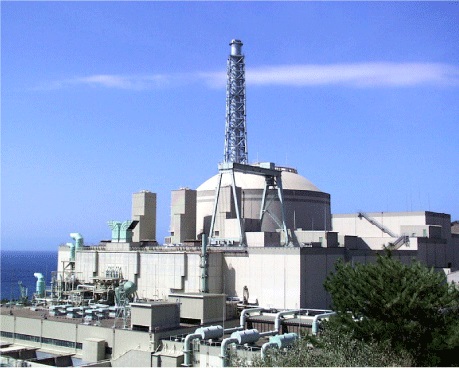
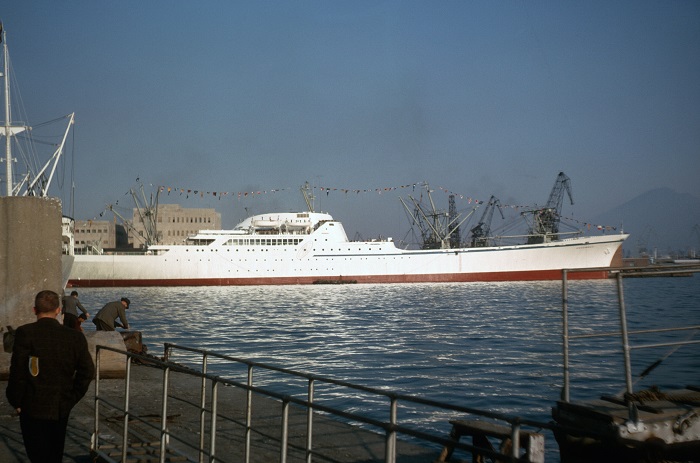
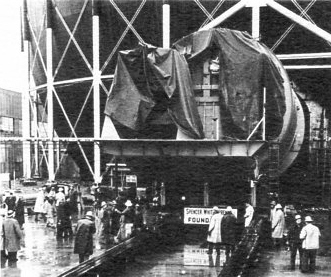
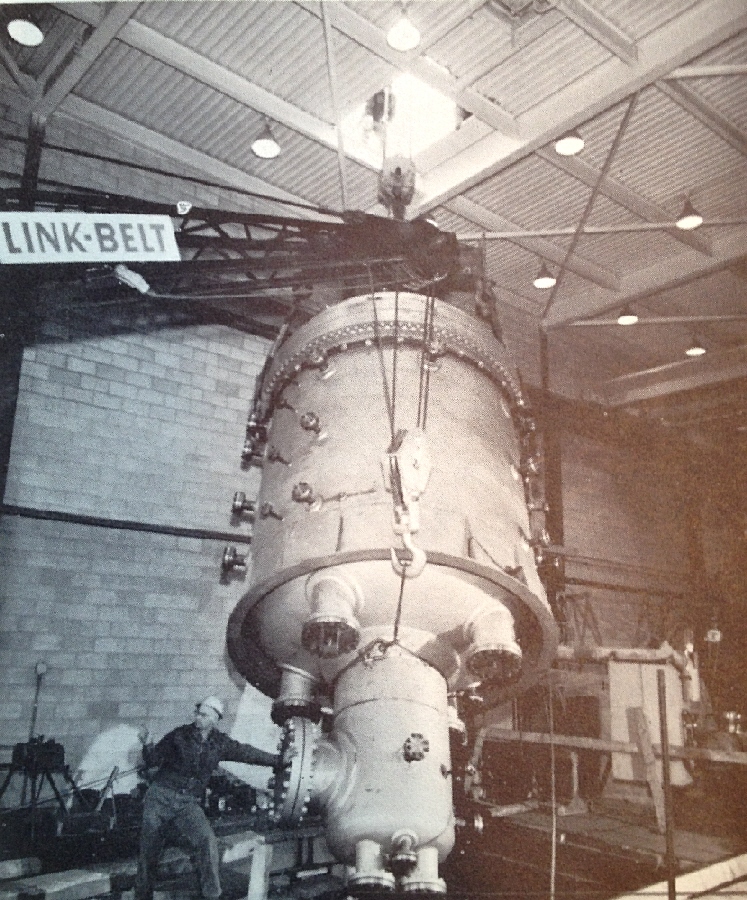
 Kicking off the American Nuclear Society's 2016 Winter Meeting (held at Caesar's Palace, Las Vegas) was ANS President Dr. Andrew Klein's speech at the Opening Plenary, in which Dr. Klein expressed a bright vision for the future not just of ANS but of its members and their contributions.
Kicking off the American Nuclear Society's 2016 Winter Meeting (held at Caesar's Palace, Las Vegas) was ANS President Dr. Andrew Klein's speech at the Opening Plenary, in which Dr. Klein expressed a bright vision for the future not just of ANS but of its members and their contributions.